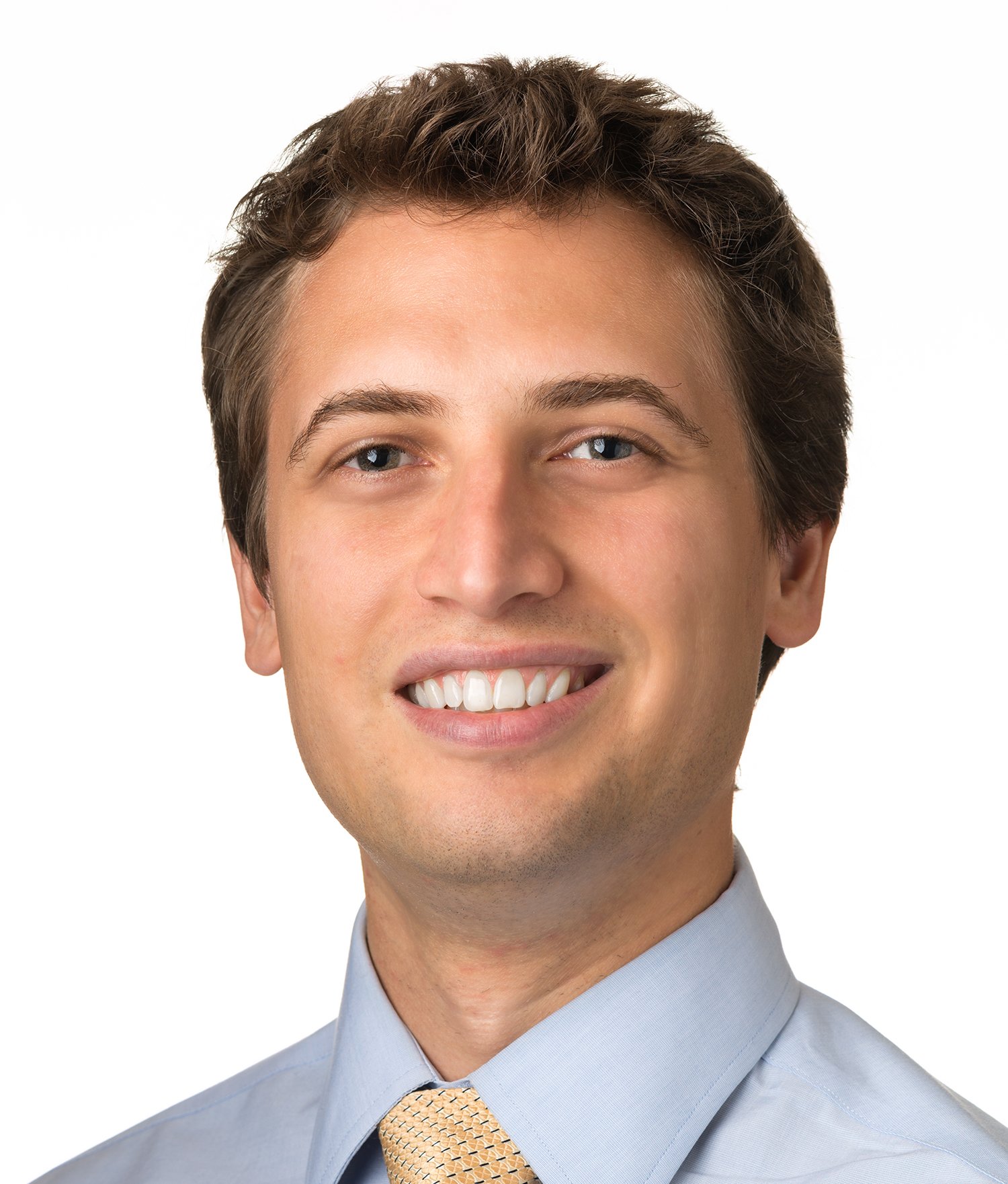The Problem
While residents may accumulate teaching tips and techniques during the course of their training by observing their mentors at work, learning how to educate while balancing the needs of a busy emergency department (ED) is a difficult skill to acquire. Unfortunately, excellent clinical skills do not always equate to effective teaching skills. With training, however, even the initially reluctant teacher can begin to effectively engage learners in the ED. An elective aimed toward developing the resident as a teacher allows residents to acquire and practice skills that will be particularly helpful for those that ultimately take on academic roles with teaching requirements.
As dedicated faculty time was in limited supply, our previous Resident As Teacher elective simply offered residents time to practice teaching with junior residents and medical students without offering significant structure or substance for those who wished to enhance their skillset as educators and acquire new knowledge.
The Innovation: An Asynchronous Curriculum for the Resident as Teacher
We developed an asynchronous, self-guided curriculum for ED resident educators, allowing learners to acquire both classic and modern teaching techniques at their own pace and in areas of greatest individual interest.
Learners Targeted
The curriculum was originally designed for third year residents at a four-year residency program, but could be used for interested learners at any level, even in other medical specialties. The curriculum was implemented as part of the EM Residency at the Mount Sinai Icahn School of Medicine.
Group Size
The asynchronous curriculum was designed for single learners to proceed through at their own pace, but could be adapted to accommodate small groups of 2-4 learners working alone or together.
Materials Needed
- An outline of the expectations for the month
- The “Teaching in the Emergency Department” Prezi presentation (see below) – allows teaching residents to explore a variety of education topics
- A companion textbook – We used Practical Teaching in Emergency Medicine for its relevance and readability, but you can choose another text you prefer.
- A computer for residents to access the curriculum and create new teaching tools
Detailed Description of the Activity
Residents starting the rotation received a list of expectations for the one-month elective, including hours they should be available for teaching in the ED. Rather than providing residents an assigned lists of tasks for each day or having them await the arrival of “good” teaching patients, they were provided with a menu of acceptable activities to work on and allowed to explore and practice with learning in the ED within their areas of interest. The “Teaching in the Emergency Department” Prezi presentation was designed to serve as a visual medium to aid residents in exploring new topics. It also served s a brief overview which residents could then explore further with the linked videos and core content articles or the companion textbook. A few activities were required each day, designed to encourage residents to explore aspects of education they likely had not been exposed to before like blogging and tweeting. However, the vast majority of resident time could be spent on teaching activities of their own choosing.
At the end of the month, each resident was required to submit a portfolio of their teaching work and learner evaluations for the month. The resident teacher would receive an evaluation by the ED education faculty for evidence of effective teaching and growth throughout the month. The resident teacher can also evaluate the rotation and self-assess their own learning for the month via a short online quiz.

For example, a resident interested in Free Open Access Medical education (FOAM) could spend the month practicing podcasting and screencasting and turn in an electronic portfolio of the lessons they created. A resident more interested in refining bedside teaching skills could turn in daily learner evaluations. An aspiring ACEP lecturer could put together several small talks or one large one. Most learners, however, choose some mix of all of the above.

Lessons Learned
While this is an independent, self-guided curriculum, the involvement of interested faculty was crucial. Involved faculty members communicate to residents that this is an important elective and can guide residents when they need assistance, insist on deadlines, and give quality feedback on submitted portfolios. Without motivated faculty to evaluate portfolios and give formative feedback, residents are unlikely to continue to create high-quality work.
With the introduction of any new program, residents can be unclear on what the expectations are. We quickly found that creating a sample portfolio was helpful, such at residents could easily access an example of our desired product from the elective. We also found it to be beneficial to have a resident who was enthusiastic about teaching as the first to try it out – the standard is thus set at a high level for other residents to follow.
Educational Theory Behind the Innovation
The asynchronous Resident as Teacher curriculum was designed with many of the principles of adult learning in mind. Allowing residents the choice to learn about the teaching activities of greatest interest to them ensures that the topic is personally relevant. Crafting the rotation around a variety of experiences creates an active learning environment for residents to navigate. Additionally, feedback follows their learning experience and allows for continued improvement.
The inclusion of a requirement to blog and tweet was designed to allow residents to begin to think about themselves as part of a community of practice. Allowing residents to approach FOAM resources in a safe, low-commitment way using the residency website and Twitter account guides them to the periphery of the community, ideally enticing some to become more involved on their own.
Read more about the Ideas in Didactics and Educational Activities (IDEA) Series.
Photo credits: Lightbulb (c) Can Stock Photo
Author information
The post IDEA Series: An Asynchronous Curriculum for the Resident as Teacher appeared first on ALiEM.

